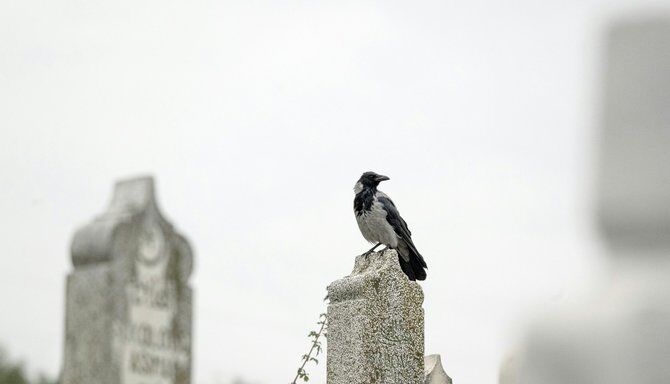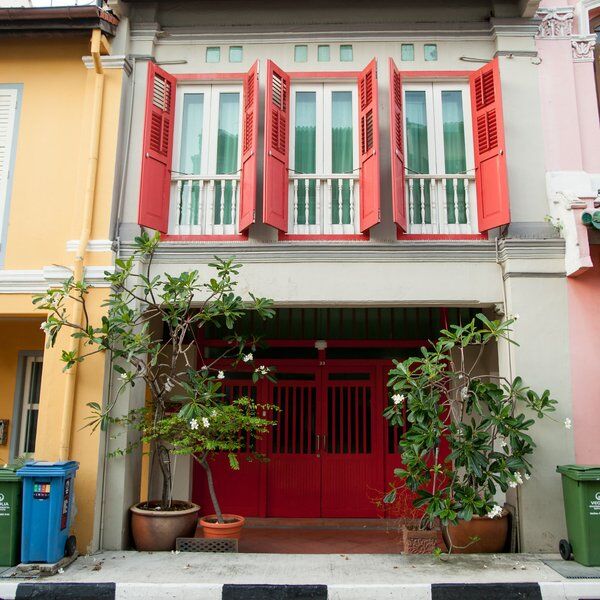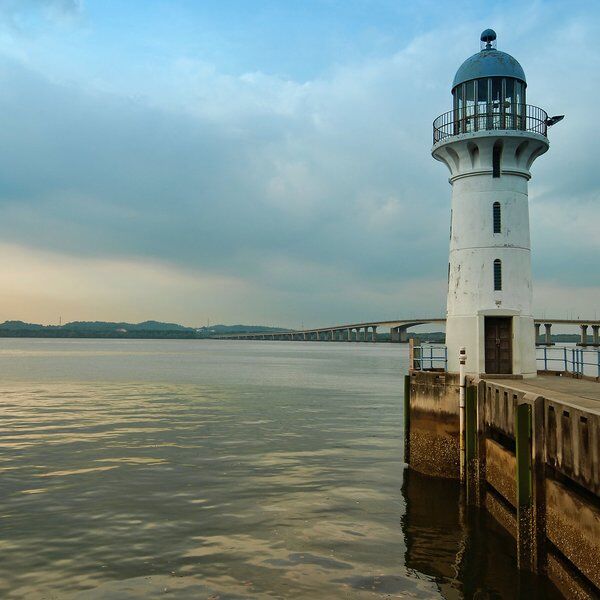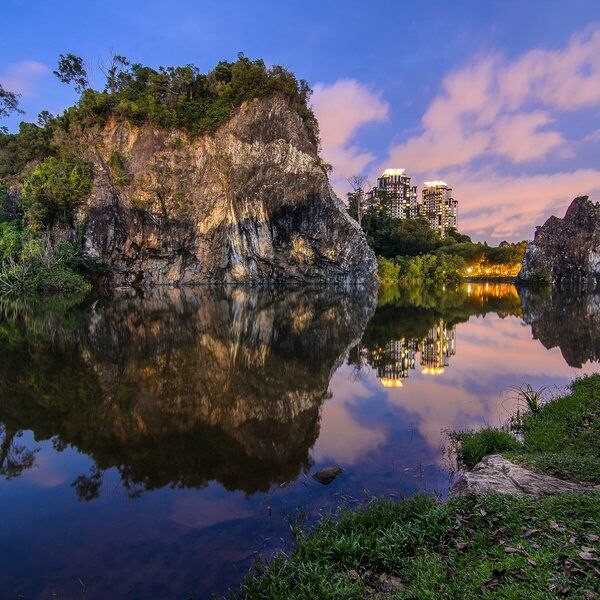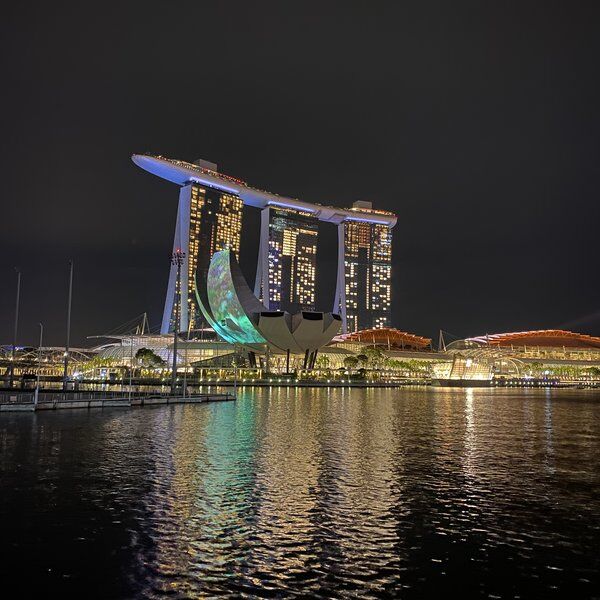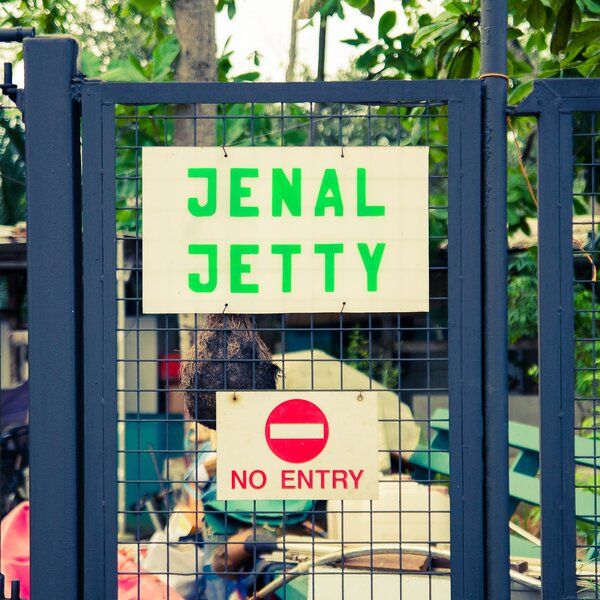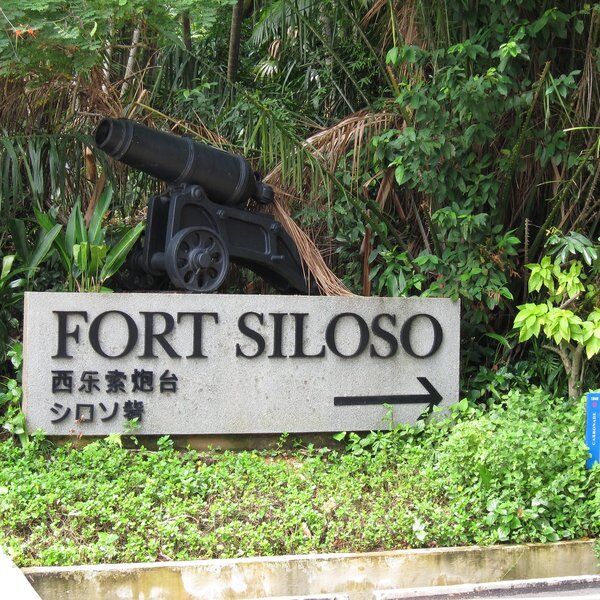Exploring Kubur Kassim Cemetery in Singapore
Kubur Kassim, also known as Kassim Cemetery, is an often overlooked Muslim cemetery discreetly situated in the heart of a private housing estate on Siglap Road in Singapore. Although it ceased burials in the 1980s, the physical grounds remain intact and it memorialises over 3,000 graves. However, Kubur Kassim has been earmarked for potential residential development in the Urban Redevelopment Authority's 2019 master plan.
In Singapore land scarcity is a serious issue affecting not only Kubur Kassim, but other landmarks as well such as Kampong Lorong Buangkok. Despite efforts by caretakers, community groups, and religious authorities to maintain the cemetery, its future is uncertain in the face of addressing pragmatic land-use in Singapore.
The History of Kubur Kassim
Originally named the 'Grave of the Wakaff Siglap Hill,' Kubur Kassim was officially established on April 30, 1921. The burial ground forms part of a larger Mohammedan cemetery network, which includes various cemeteries along East Coast Road. It is believed that even before Kubur Kassim was erected on the land it was already serving as a resting place for Muslims.
Funding for its creation came from a generous donation from Ahna Mohamed Kassim bin Ally Mohamed, a prominent cargo boat and steam launch owner. Following Ahna Kassim's demise in 1935, the responsibility of managing the land was taken up by a group of trustees.
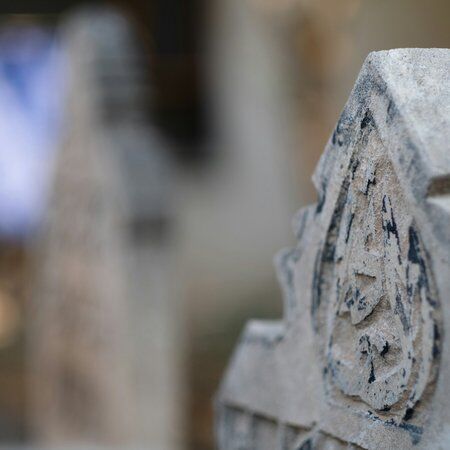
Inside Kubur Kassim
Kubur Kassim welcomes visitors with a distinctive vivid yellow and green gate adorned with Arabic inscriptions. This entrance holds Islamic symbolism, with green representing paradise, prophets, birth, and nature, while yellow signifies royalty. The simple graves are also marked with traditional islamic inscriptions.
What sets Kubur Kassim apart is its square-shaped tombs, a departure from the traditional rectangular graves found in other Muslim cemeteries. The tombstones at Kubor Kassim are often draped in coloured cloths indicating the person’s status. White represents a normal status and yellow denotes a highly-respected internee. Yellow cloths are also associated with practices like black magic in some instances.
Beyond its role as a burial ground, Kubur Kassim accommodates a surau, a prayer house where religious classes are conducted, and serves as a meeting place for a tariqa, a Sufi Muslim order.
People Buried at Kubur Kassim Cemetery
Over the years Kubur has served as the final resting place for many individuals within the Malay-Muslim community. Among the buried are prominent figures such as Daing Siti Fatimah, a traditional medicine practitioner, Che Lembek Binte Abdin, the former headmistress of Kampong Glam Girls’ School during World War II, and Dr. Hafeezudin Sirajuddin Moonshi.
Dr Moonshi as he was known, was one of Singapore’s first Islamic doctors and pioneered the first Muslim clinic in 1916. Moonshi also advocated for the preservation of Malay characters in street names whilst fulfilling the role of Singapore's Municipal Commissioner from 1921 to 1923.
The cemetery is also home to Sheikh Khawaja Habibullah Shah, a highly popular Sufi ulama with extensive knowledge spanning various Sufi traditions. The Sheikh had approximately 100,000 students and 45 Caliphs worldwide.
Supernatural Legends at Kubur Kassim
Amidst the graves of these prominent figures it is believed that supernatural beings, known as the Orang Bunian, reside within the cemetery. The supernatural beings have derived from Malay folklore, which combined with the yellow cloths indicative of black magic, contributes to its supernatural quality.
Interfaith Practices at Kubur Kassim
Despite being a Muslim cemetery, Kubor Kassim features inter-faith practices, evident in graves with joss sticks and incense, traditionally associated with non-Muslim religions. Today, many graves lack identification engravings and are marked with standard burial symbols.

Preservation Efforts
In 1987, Kubor Kassim was targeted for redevelopment projects in Siglap under the Land Acquisition Act, with the Singapore Land Authority (SLA) officially taking control on February 16, 1989. In recent years, given the premium location in Siglap surrounded by residential estates, the URA identified it for potential residential development.
Preservation endeavours have seen descendants of Ahna Kassim contesting claims with the SLA, while the site has become a focal point for heritage enthusiasts through organised tours. Regular Sunday classes and community events during religious occasions have contributed to keeping the space culturally relevant.
The unique blend of history, heritage, and interfaith burials adds to the importance of preserving Kubor Kassim in the face of potential redevelopment.
Discover More of Singapore With CityDays
Ready to discover more of what Singapore has to offer?
CityDays have a brand new treasure and scavenger hunt in Singapore which combines the fun of an escape room with the historic facts and whimsical trivia of a walking tour!
Take the stress out of planning your visit to Singapore and book your adventure today!
Not visiting Singapore this time? Don’t worry, you’ll find us all over the world.
